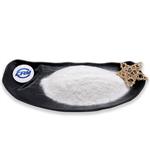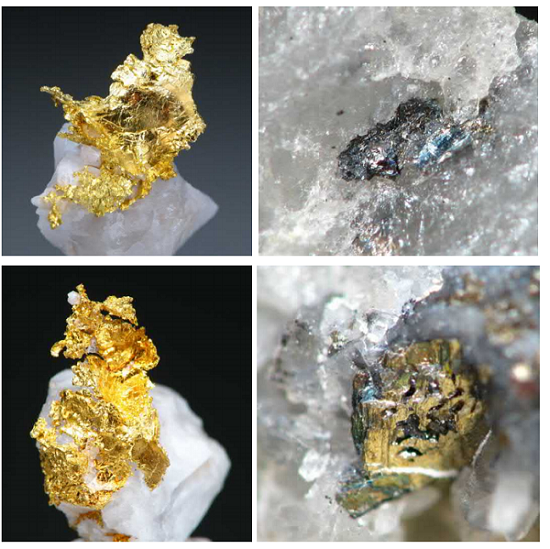Gold extraction
Gold [7440-57-5], chemical symbol Au, atomic number 79, and relative atomic mass (i.e., atomic mass) 196.96655(7), is a precious metal that, along with copper and silver, is found in group IB(11) of Mendeleev’s periodic chart. Gold’s symbol comes from the Latin word aurum, while the name gold is derived from Anglo–Saxon.

General Properties
Gold is a highly dense (19,320 kg.m–3), soft, lustrous yellow, ductile, and malleable metal. In addition to its softness, it is both the most malleable and most ductile of all the metals. It can be hammered into extremely thin sheets, approaching a small number of atoms, and can be drawn into extremely fine wire.
Gold is a mononuclidic element with only one stable isotope, 197Au. Gold has a high reflective index in the far infrared and is used as mirror. From a chemical point of view, gold has excellent corrosion resistance, and hence it is inert to most corrosive chemicals. Therefore, it is unaffected by air and moisture and remains tarnish free indefinitely. However, it is readily dissolved in various solutions of cyanides (e.g., NaCN and KCN) that are used in ore-extraction processes or by aqua regia (i.e., a mixture of three parts in vol. of conc. HCl and one part in vol. of conc. HNO3), named from the Latin regis because it dissolves the king of metals.
Gold extraction
Gold extraction strongly depends on the nature of the ore and type of deposits. There are two main methods of gold recovery: the placer or gravity separation method and the cyaniding process.
Placer or gravity separation method.
This process, which represents ca. 15% of world production, is used only to recover native gold from placer deposits with gold particles larger than 75 μm. This extraction process allows one to mine low-level deposits (i.e., those containing less than 1 mg/kg Au). Gold particles are separated by gravity from inert gangue material (e.g., quartz, micas) and from other heavy minerals by amalgamation with mercury. The gold amalgam is then distilled at 400 to 500°C to release a gold-silver alloy (e.g., 25 t0 50 wt.% Au).
Cyaniding process.
This process, introduced in 1888, is today the most used worldwide, accounting for ca. 85 wt.% of world production. The gold-containing ore (e.g., quartzite) is first crushed in rod or ball mills to a size less than 100 μm. This size-reduction operation unit reduces the ore to a powdery substance from which the gold can be easily separated from inert minerals and come into contact with chemicals. Then the powdered ore undergoes a beneficiation froth flotation process in order to remove waste products such as gangue and sulfide minerals. About 70% of the gold is recovered at this point.
You may like
Related articles And Qustion
See also
Lastest Price from GOLD manufacturers

US $1.10/g2025-04-17
- CAS:
- 7440-57-5
- Min. Order:
- 1g
- Purity:
- 99.0% min
- Supply Ability:
- 100 tons min

US $10.00-15.00/g2023-03-11
- CAS:
- 7440-57-5
- Min. Order:
- 10g
- Purity:
- 99%
- Supply Ability:
- 2546245





